| Structure | Name/CAS No. | Articles |
|---|---|---|
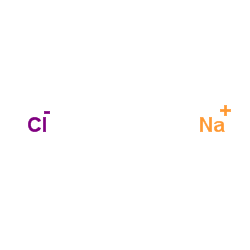 |
sodium chloride
CAS:7647-14-5 |
|
 |
Ethanol
CAS:64-17-5 |
|
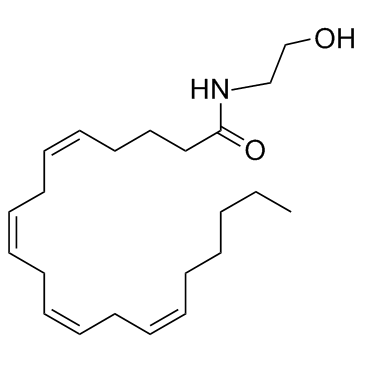 |
Anandamide
CAS:94421-68-8 |
|
 |
SODIUM CHLORIDE-35 CL
CAS:20510-55-8 |
|
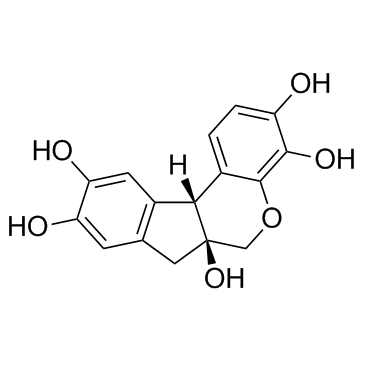 |
Hematoxylin
CAS:517-28-2 |
|
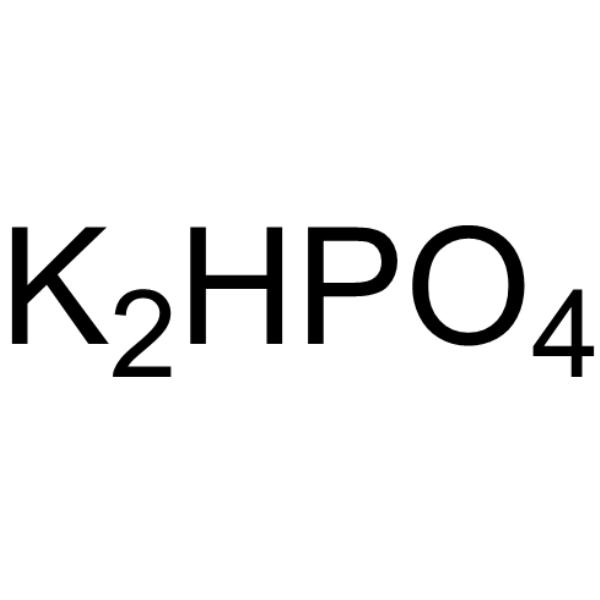 |
Di-potassium monohydrogen phosphate
CAS:7758-11-4 |
|
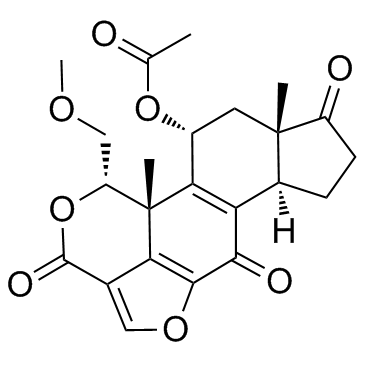 |
Wortmannin
CAS:19545-26-7 |
|
 |
hu-210
CAS:112830-95-2 |
|
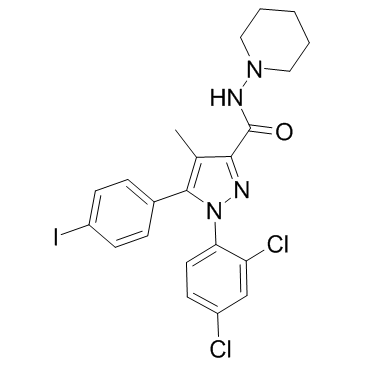 |
AM251
CAS:183232-66-8 |
|
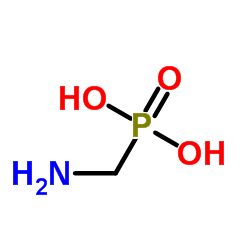 |
Aminomethylphosphonic acid
CAS:1066-51-9 |